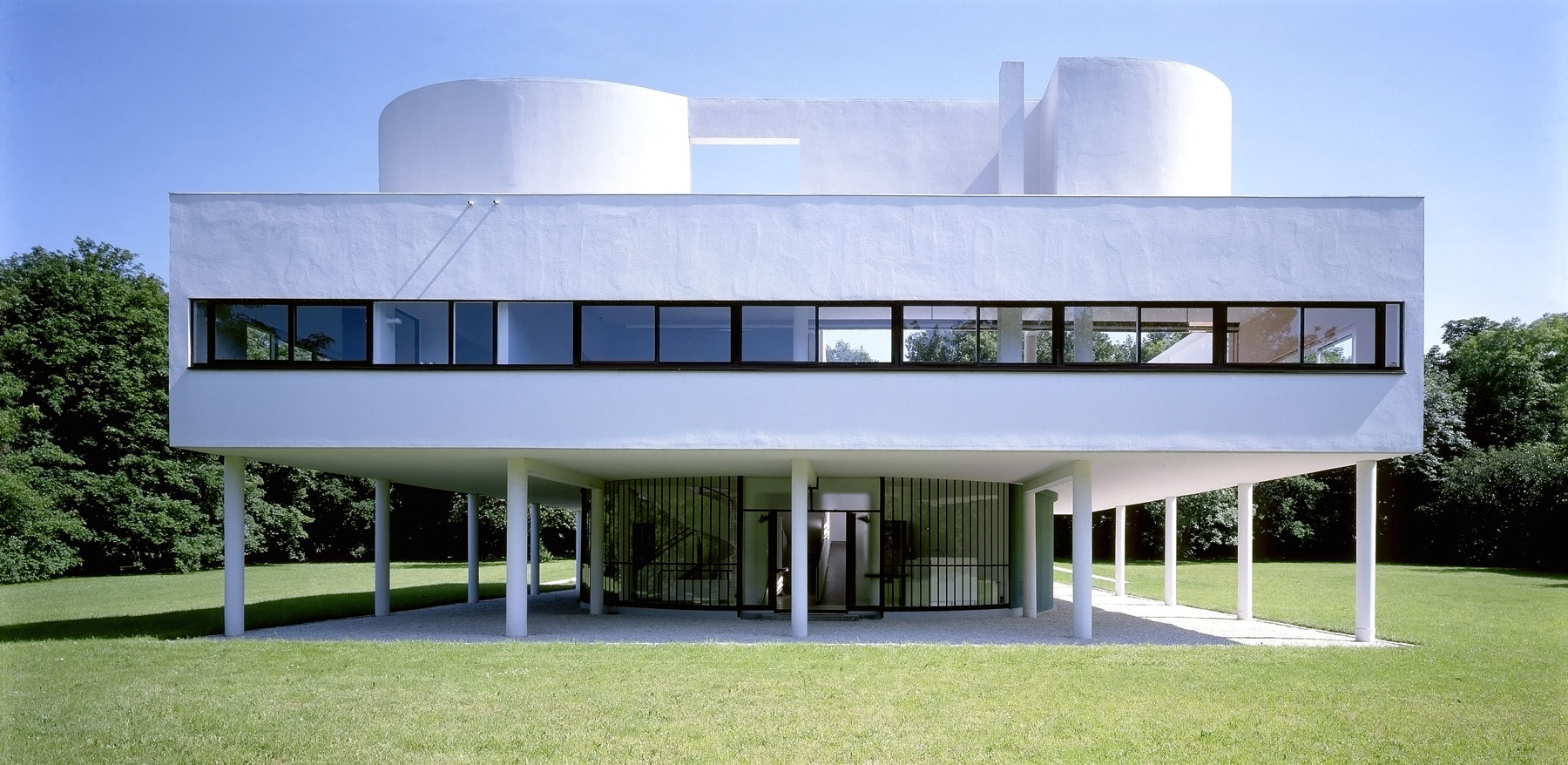This op-ed column, authored by rotating guest writers, aims to stir conversations on architecture and design among our creative community. To join the discussion, join us at the first Design Conversations event on August 27!

THE RECESSION IS OVER; NEW CONSTRUCTION IS BOOMING, AND THE DEBATE ABOUT NOSTALGIC NEIGHBORHOOD CHARACTER RAGES IN THE MEDIA. HOMEOWNERS, BUILDERS, AND SPECULATIVE DEVELOPERS ALTER URBAN ENVIRONS FOR BETTER OR WORSE, AND THE PUBLIC BACKLASH IS ESCALATING. MODERN DESIGN SENSIBILITIES SUFFER SCRUTINY, PERHAPS RIGHTLY SO IF THE RECENTLY ERECTED COMPOSITIONS OF STUCCO AND WOOD BOXES THROUGHOUT THE CITY ARE THE MEASURE FOR MODERN ARCHITECTURE.
WORDS: KEN ANDREWS & E.J. MEADE, ARCH11 ARCHITECTURE
[divider scroll_text=””]
How many of us have driven around the Denver Highlands or North Boulder neighborhoods and been visually affronted by the abundance of square, stucco volumes with flat roofs only to shudder when we hear them described as modern? These structures belie the true sensibilities the modern movement so deftly executed along with wonderfully progressive ideas about the creation of place in the early 20th century. Most of the structures built today continue to use, without scrutiny, 200-year-old building systems. Ubiquitous boxes of poorly proportioned masses built of wooden stick frames (a truly Victorian era building system), flat roofs, façades of synthetic stucco, and disheveled floor plans insult the revolutionary and iconic practices of the modern movement. The appalling lack of technical development in building systems, underwhelming approaches to the formation of space, and the gross waste of resources in these buildings is evidence of faint progress since the advancement of the wire nail, dimensional wood lumber, and the platform frame facilitated mass produced housing post World War II. It is a monumental challenge to escape the expediency, cost effectiveness, and flexibility of contemporary wood framing systems, something all of us in the architecture and construction industries contend with. However, without ample and intelligent critique that is inherent in truly modern principles, this work in Denver is failing to move beyond a mere nostalgic reference; a fraught agenda for any “style” of design.
Nearly a century ago, during the height of the industrial revolution, a set of visionary architects, artists, designers, and craftsman used their trades in great effort to affect change in society; the modern movement was born. The core principles that motivated the movement are based on a fundamental response in the arts, philosophy, and design disciplines to consumptive attitudes promoted by the privileged class and class discrimination that rendered horrendous urban conditions, poor quality of life, and harm to the environment. Modernism was a response to what was seen as a fundamentally meaningless application of nostalgia and decoration from previous times, lacking concern for the greater human condition. It was a movement concerned with social quality, improving living conditions, and belief in a progressively shaped future. In other words, it sought an authentic response to the times.
A truly critical and constructive conversation about being modern in principle versus modernism as a style is required; the former is a compelling notion of design authentic to time and place, the latter a superficial application of style, an approach similarly exhibited in the ubiquitous Tudor, Georgian, Tuscan, and Victorian McMansions throughout the suburbs. The countless pseudo-modern edifices we see throughout Denver are not in line with modern principles. They may be reflective of modernism through the acute adoption of nostalgic elements based on previous periods of the movement, but an informed contemporary cultural milieu should recognize the equally empty meaning of the nostalgic adaptation similar to that of Victorian, Georgian, and Colonial styles. These “styles” consist of historical elements, ripped from their original contexts, eclectically extracted and reapplied with generic banal construction systems. Their fundamental purpose and place in time are lost. The result is pure image, not the development of quality, honest, responsible, progressive design for today.
In essence, to be modern is to, “be of one’s time”—to be aware of history but free of its constraints, to exist in the present, express it, and be conscious of a possible future. The first houses of the historical modern movement are just short of 100 years old. The resonance of masterpieces by Le Corbusier or Pierre Chareau lies not in recreating those spaces or material assemblies, but in channeling the daring vision, conviction, and innovation that allowed them to break free of the Victorian past and build to authentically match their times. To practice modern architecture is to have the confidence to design poetically mating use and occupancy with place, form, and time.
Developing a healthy debate about principled design in our city is an absolute necessity. It is only through a responsible, critical, and original response to the environs, our epoch, and with clear definition of purpose that we can regain the vitality that modern design strove for, and we all admire in the works of the past. Our collective work needs to move beyond the repetition of image and style regardless of taste and focus on design inspired by the specificity of place, with sensitivity to our time, and with a contemporaneous and visionary purpose. There is little room in our discourse for simulacra or feckless nostalgia, modern or otherwise. Let’s all do our best to be present.
About the contributors
Arch11 is an award-winning architecture, interior design, and planning firm established in 1993 by E.J. Meade and James Trewitt. With offices in Boulder and Denver, Arch11 specializes in residential projects, institutional planning, mixed-use development, and product design. They were most recently featured in Modern In Denver’s fall 2014 issue for a residential renovation in the Wash Park neighborhood.




